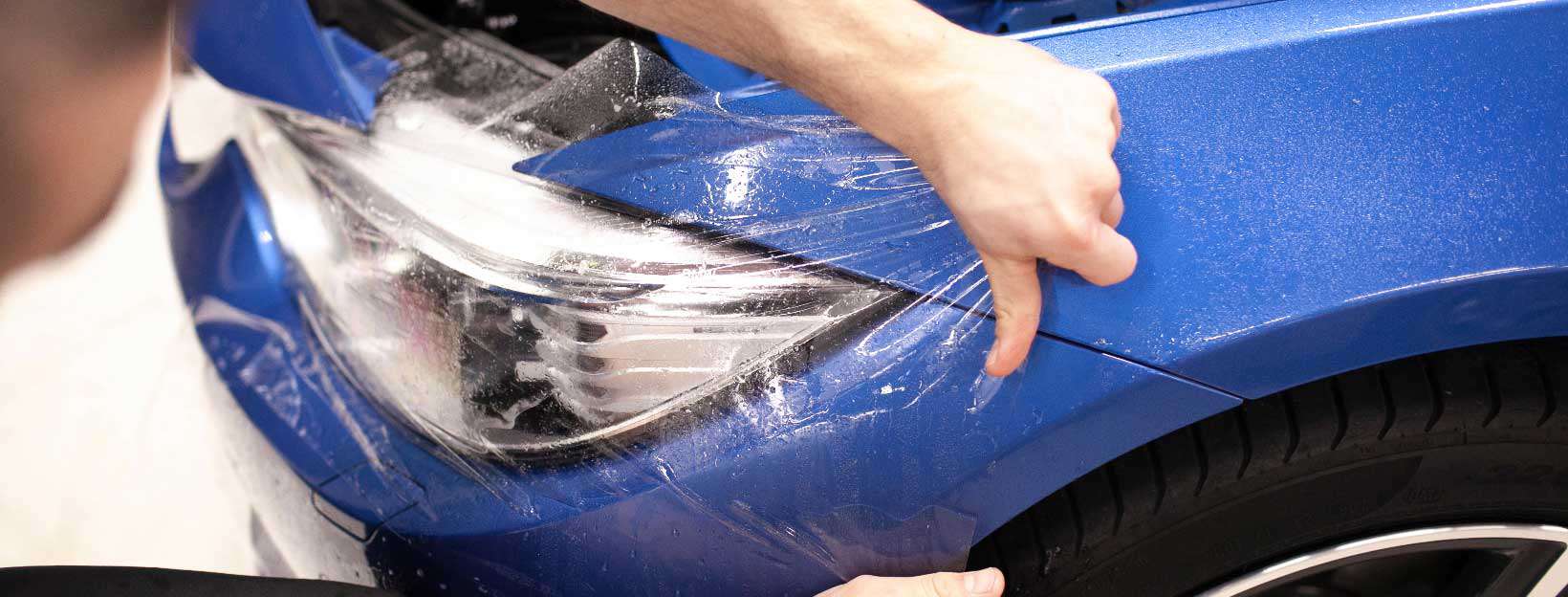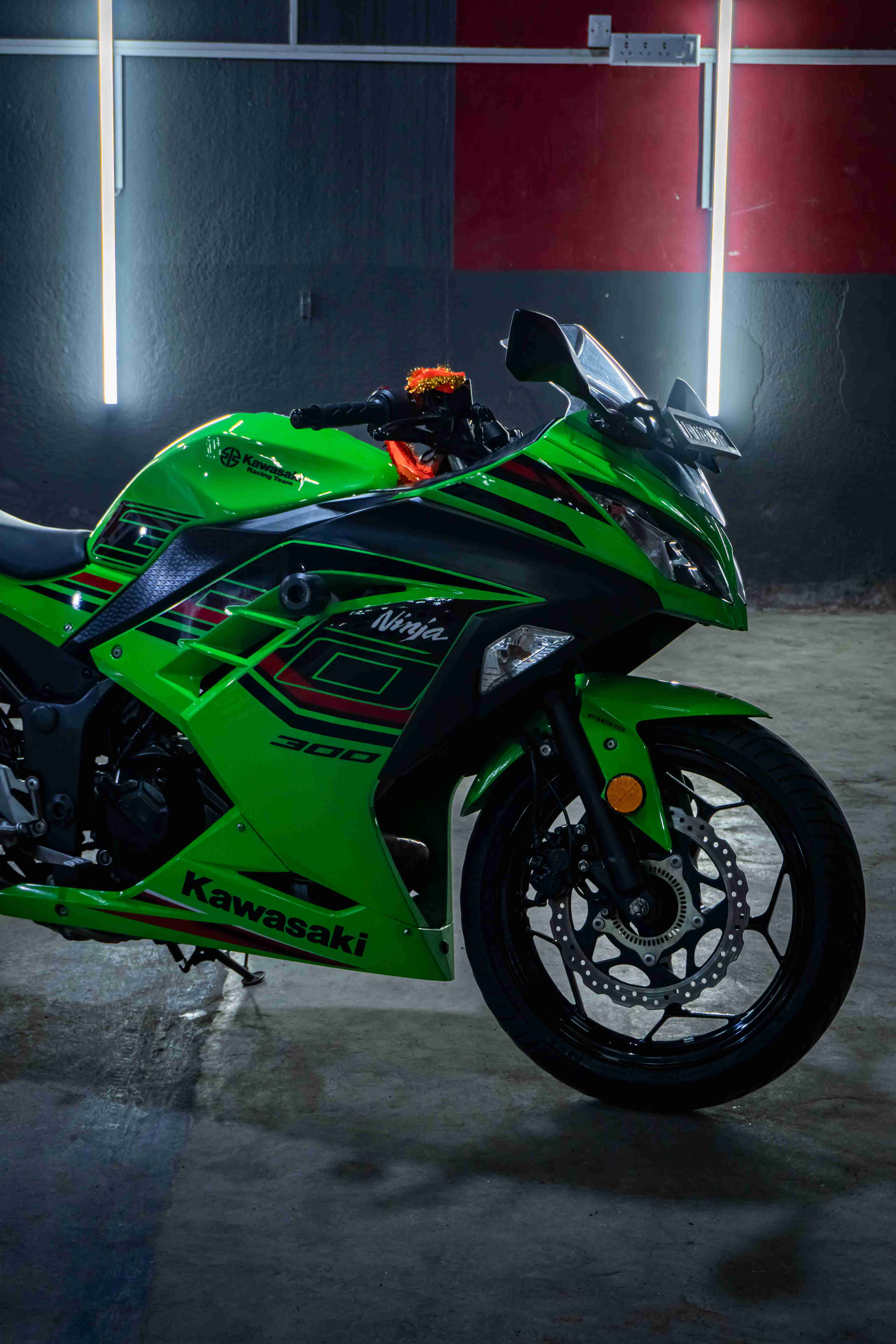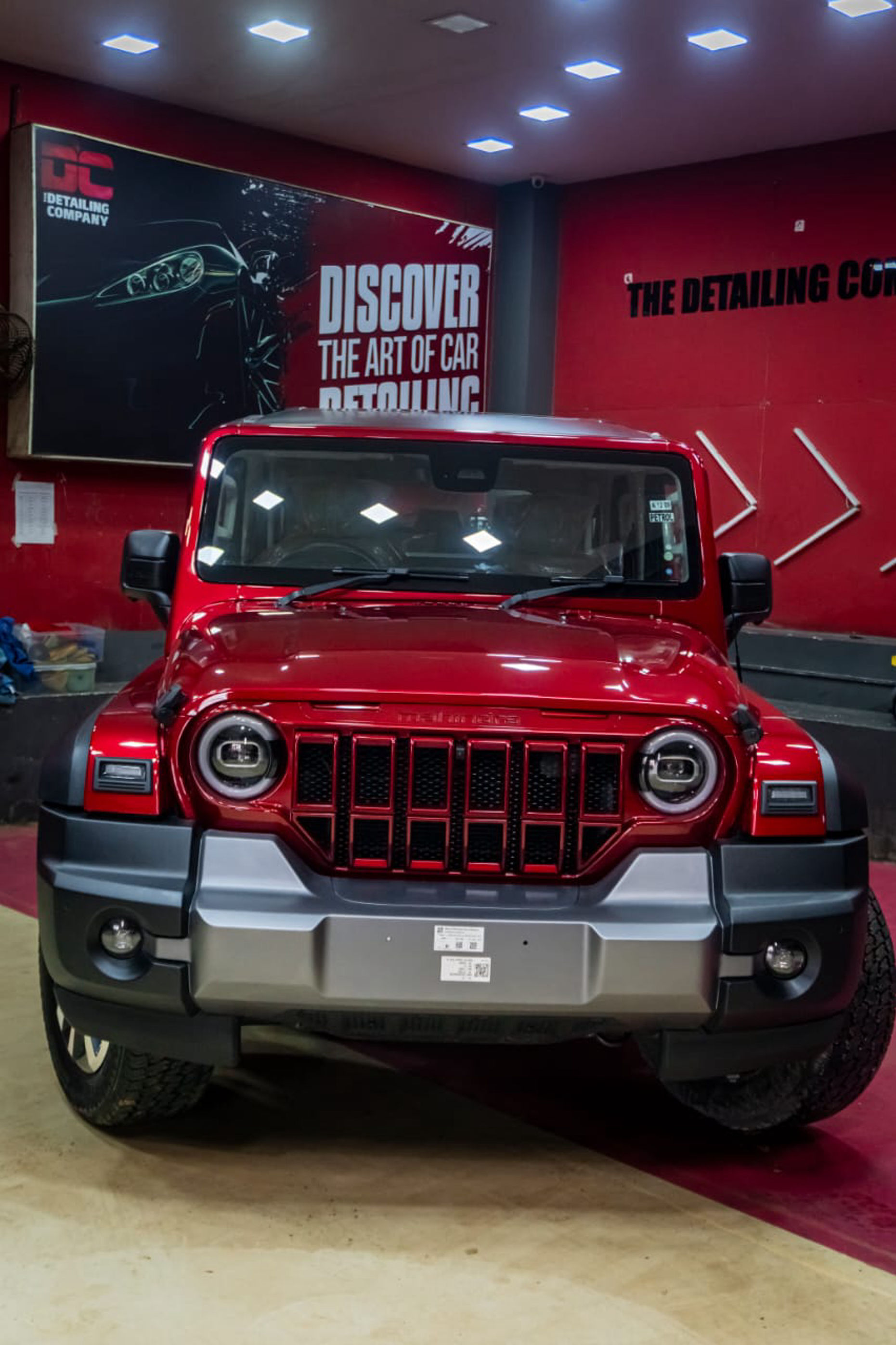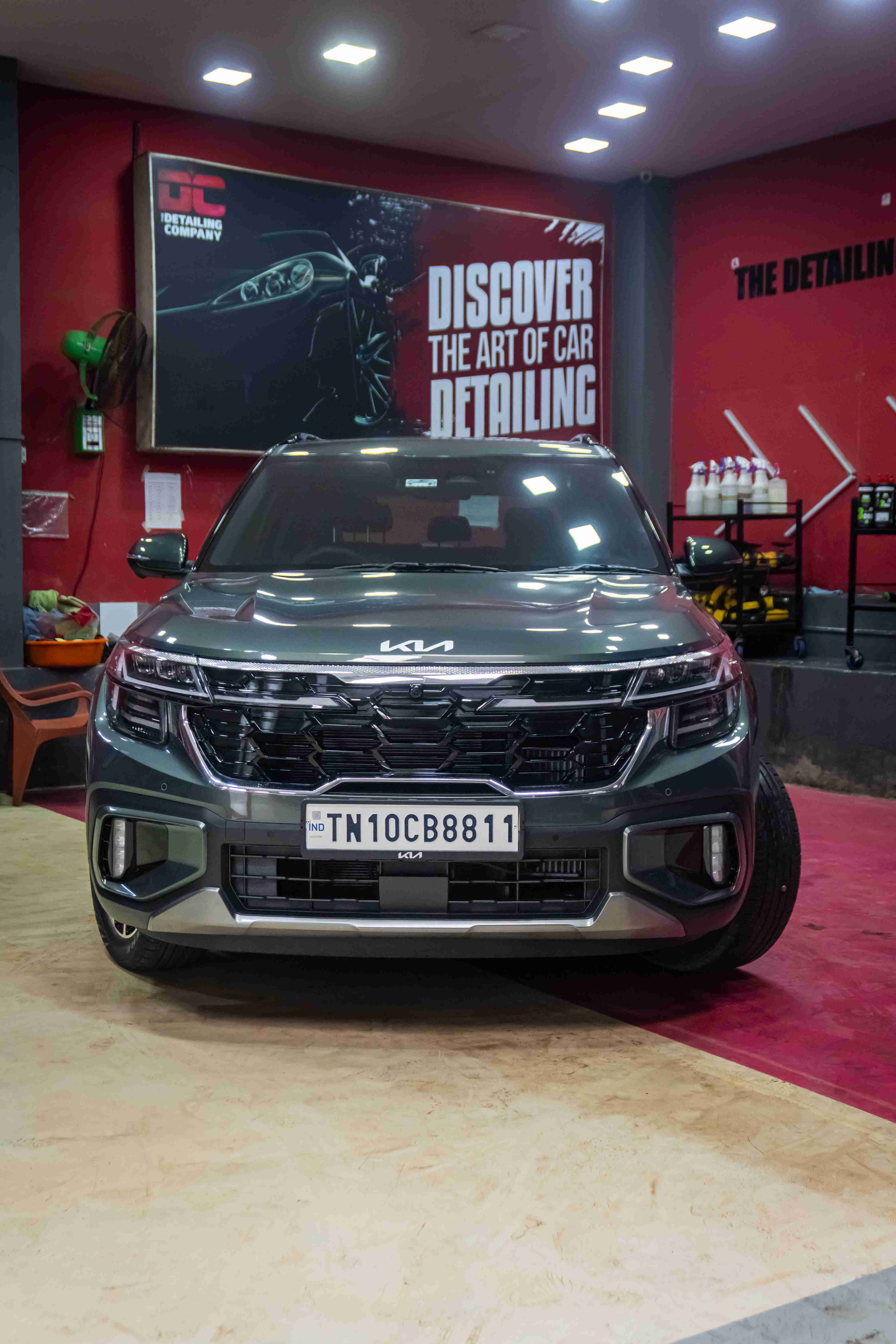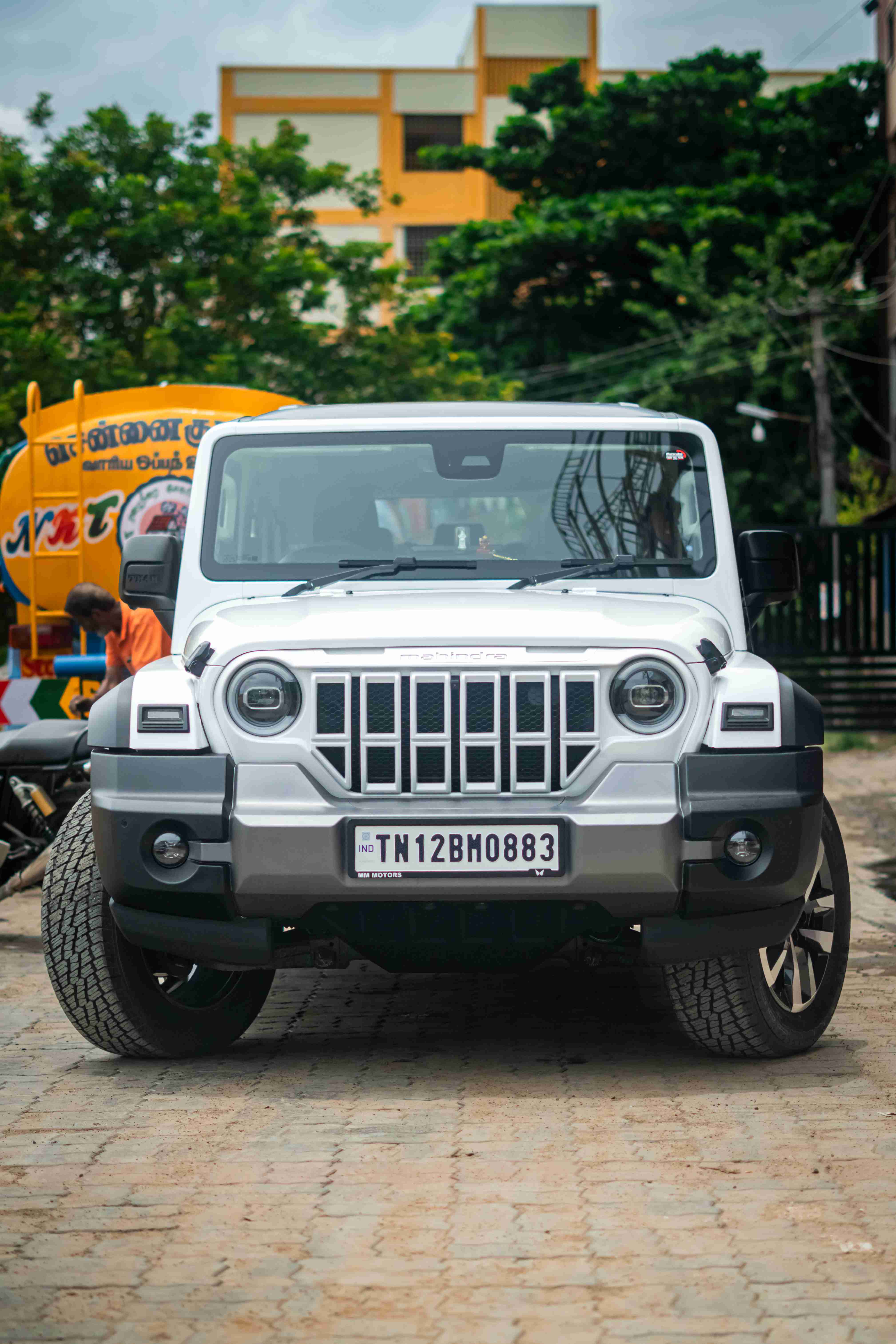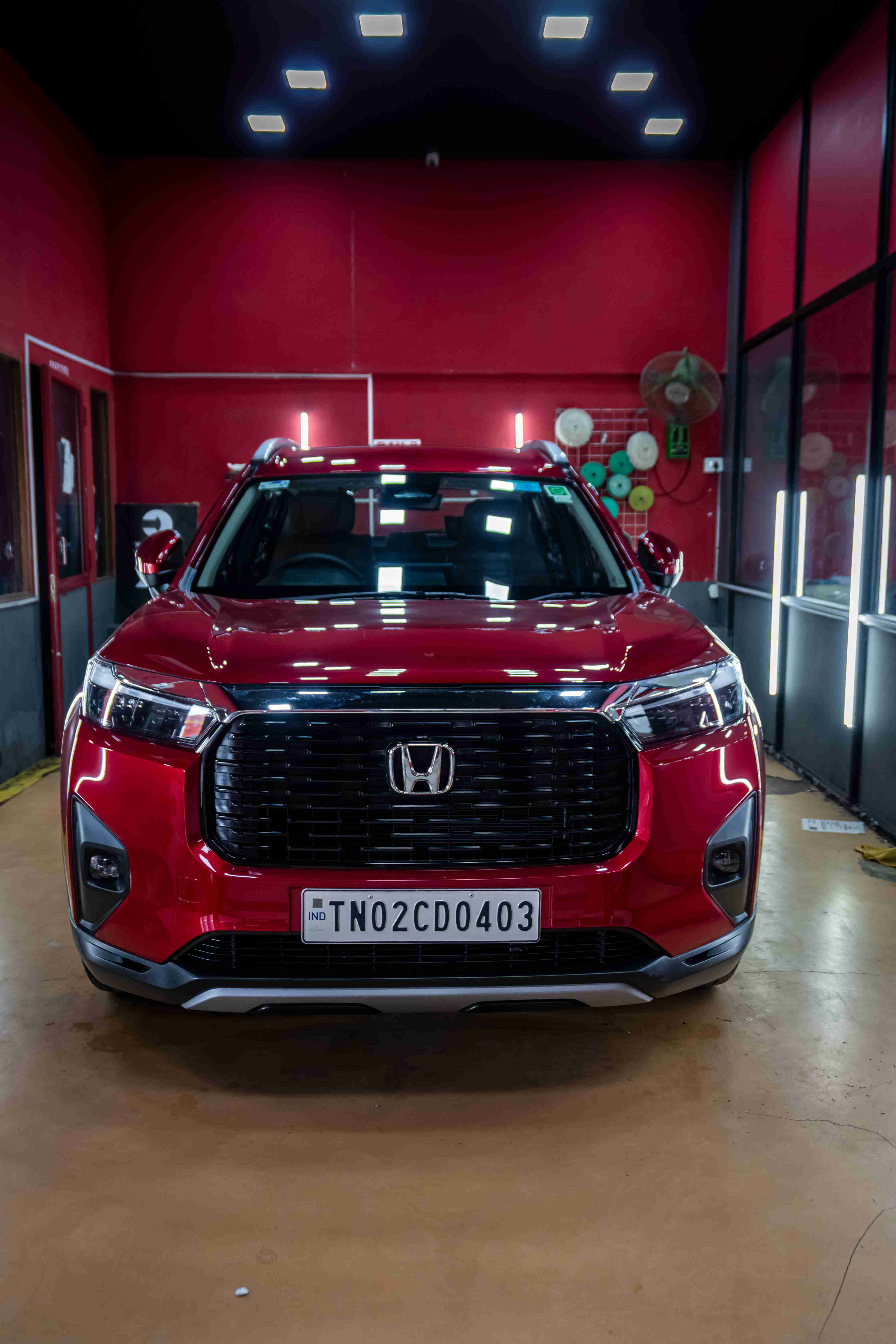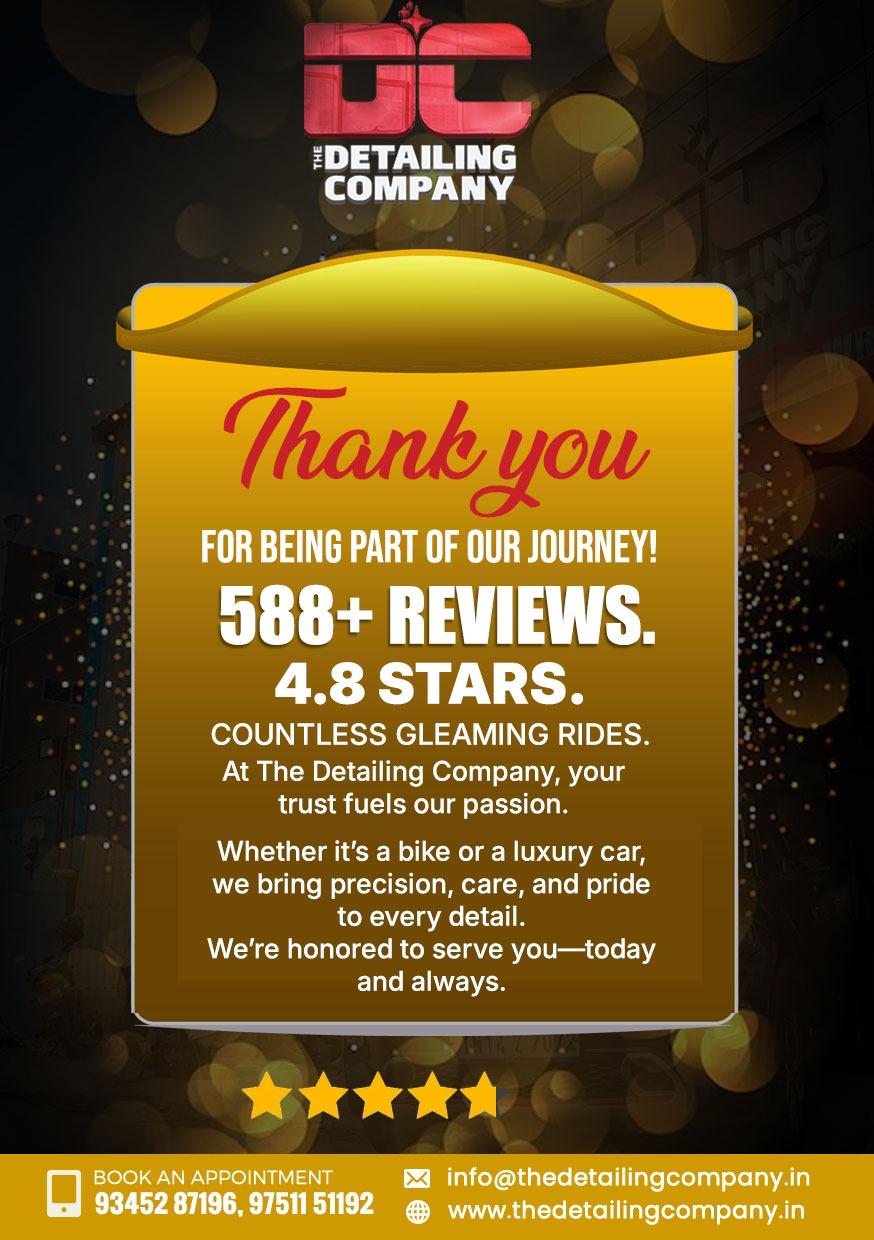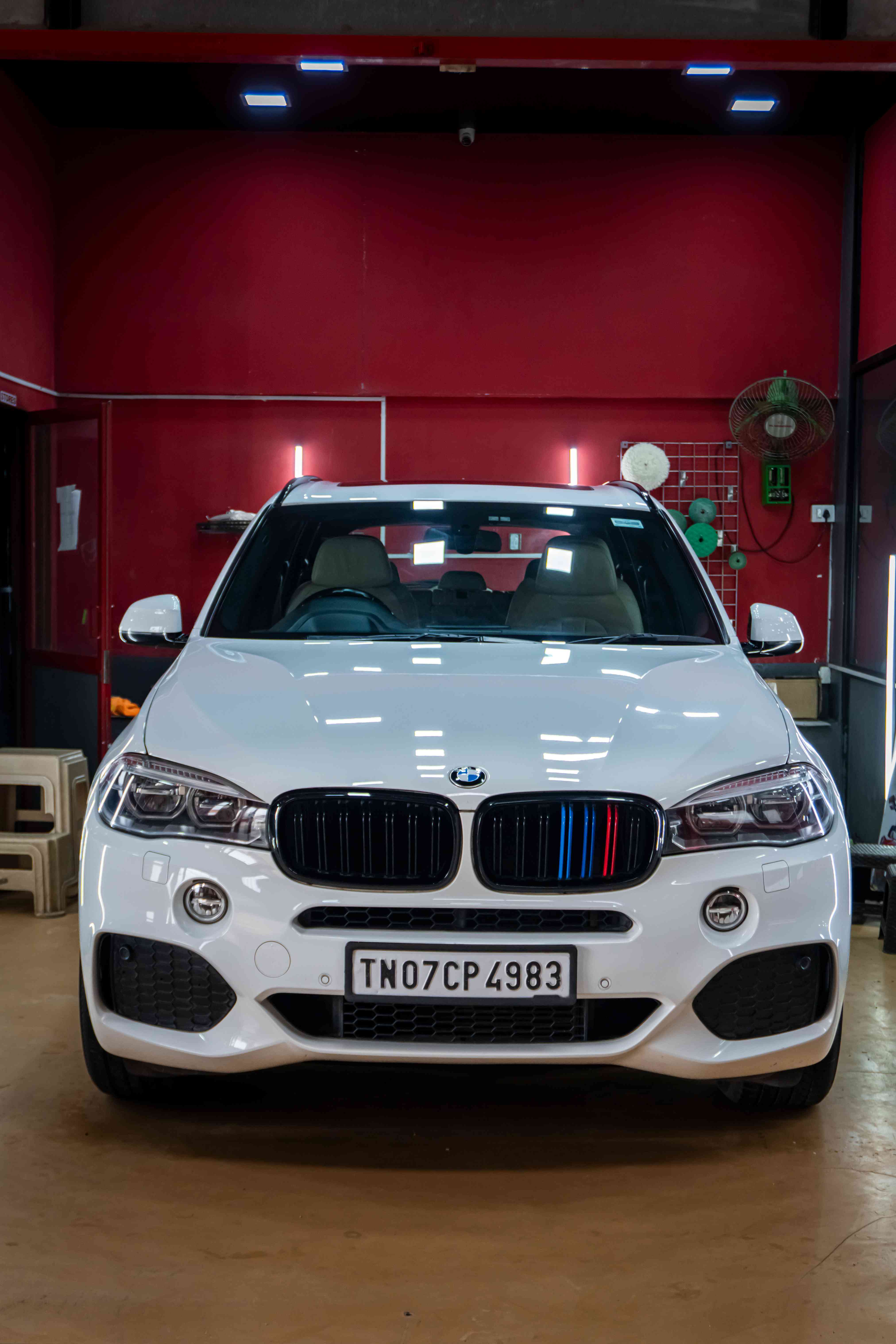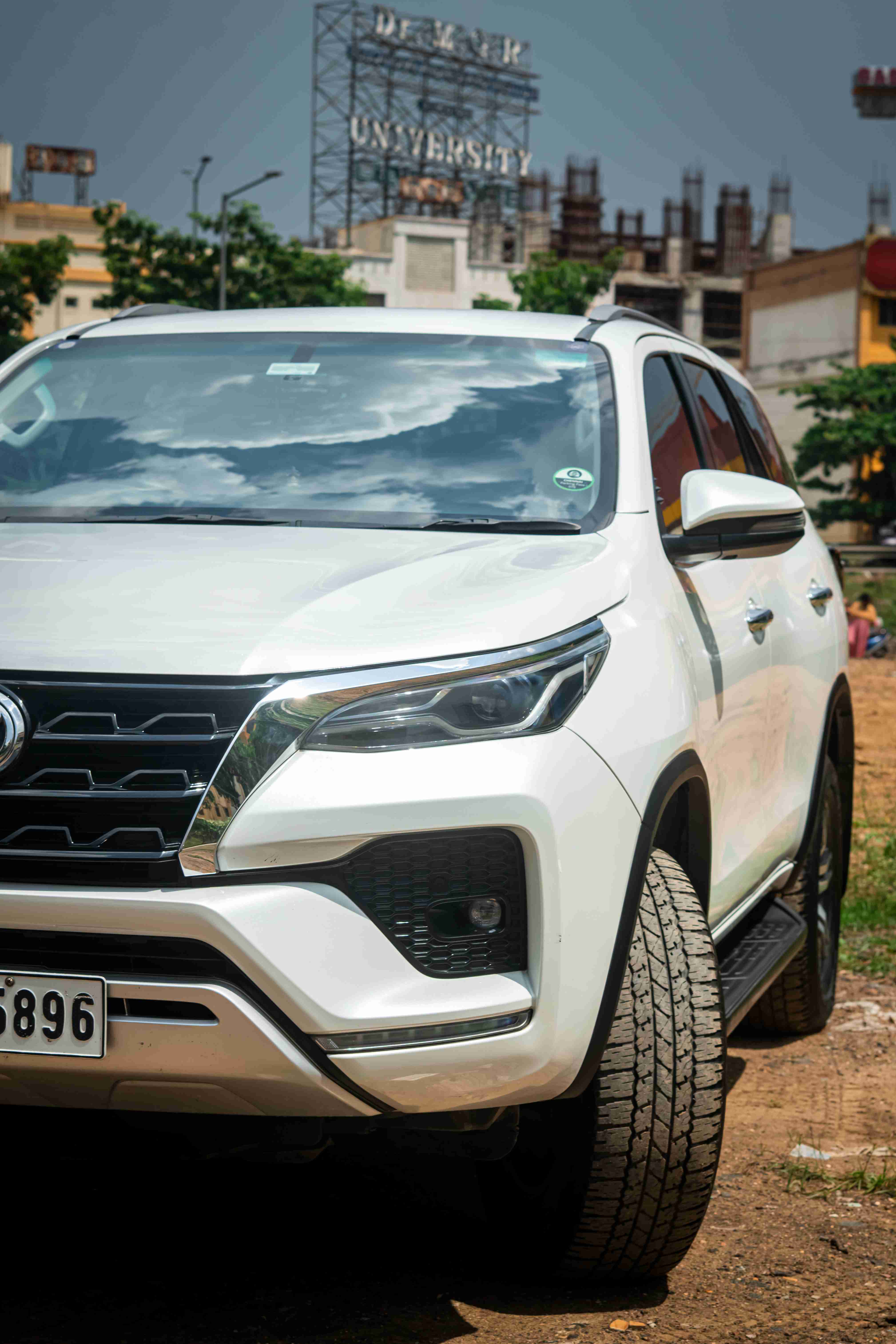Mar 25, 2024
/
Is PPF Good or Bad for Cars?
Is PPF Good or Bad for Cars?
Paint Protection Film (PPF) can be a very good thing for cars, but it's not perfect. Here's a breakdown of the good, the bad, and the ugly of PPF to help you decide if it's right for your car:
The Good:
- Superior Paint Protection: PPF acts like a shield, deflecting scratches, chips, and fading caused by everyday driving. This can significantly improve the longevity and resale value of your car.
- Sun Protection: Harmful UV rays can wreak havoc on your car's paint. PPF blocks these rays, preserving the original shine and color for years to come.
- Stain Repellent: Bird droppings, bug splatter, and other environmental nuisances become a breeze to remove thanks to PPF's hydrophobic properties.
- Self-healing Properties: Certain high-quality PPFs boast self-healing abilities! Minor scratches can disappear with the application of a little heat.
The Bad:
- Cost: PPF installation can be expensive, depending on the size and complexity of your car, as well as the quality of the film itself.
- Installation Expertise Required: Improper installation is the leading cause of problems with PPF. A skilled detailer is crucial for a flawless finish and to avoid issues like peeling, bubbling, or even paint damage. Finding the right installer can be a challenge.
- Maintenance Needs: While PPF makes cleaning easier, it still requires regular washing and proper care to prevent dirt and debris buildup that can damage the film or scratch the paint beneath.
The Ugly (Cheap PPF):
- Premature Yellowing: Low-quality PPF materials are more susceptible to UV rays, leading to unsightly yellowing that diminishes your car's aesthetics.
- Peeling and Paint Damage: Cheap PPF often uses weak adhesives that can fail after a few years, causing the film to peel away and potentially taking some of your car's paint with it. This becomes a costly repair job.
The Final Verdict:
PPF offers a powerful shield against the elements and everyday wear-and-tear, keeping your car looking its best for years to come. However, the cost, potential for installation issues, and ongoing maintenance needs are all factors to consider.
Here's a quick guide to help you decide:
- Ideal for: Car enthusiasts who prioritize a flawless appearance, those living in harsh environments, or drivers who navigate congested roads often.
- Less essential for: Vehicles used for short, infrequent trips, cars not planned to be kept long-term, or those on a budget that can't accommodate the cost.
Alternatives to Consider:
There are alternatives to PPF depending on your needs:
- Ceramic Coating: A more affordable option that provides a layer of protection with a high-gloss finish, but offers less scratch resistance compared to PPF.
- Car Wax: The classic and most affordable option, but requires frequent reapplication and offers minimal scratch protection.
No matter what you choose, remember to prioritize quality over affordability to ensure the best possible protection for your car's paint job.
